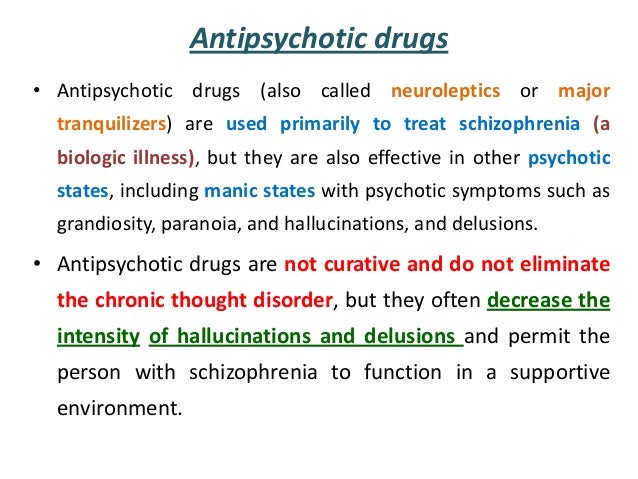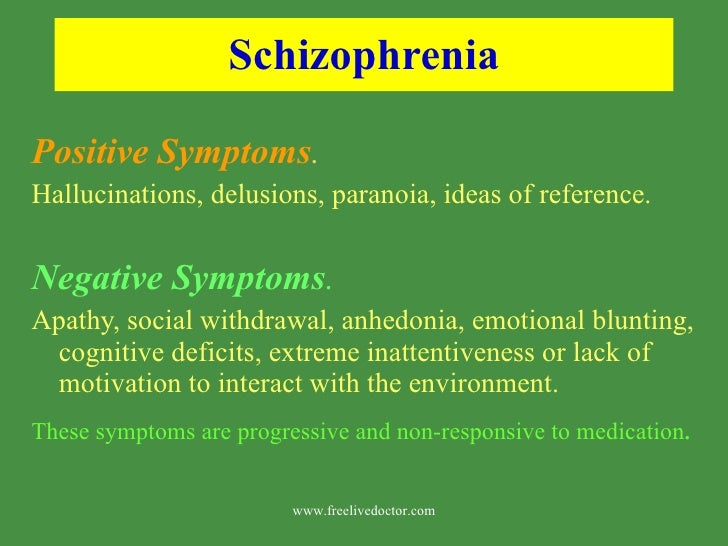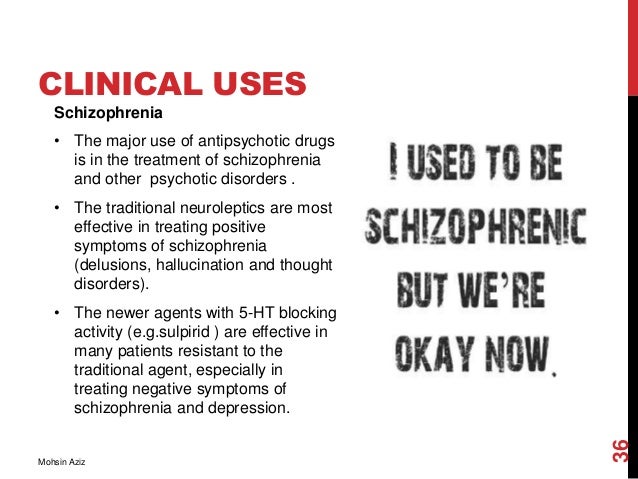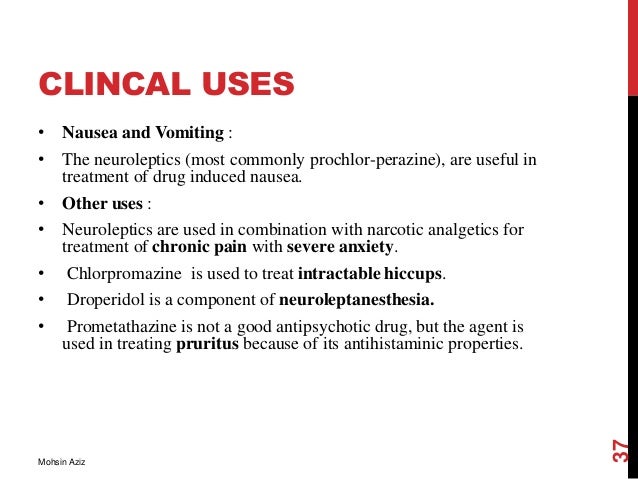

Schizophrenia is a mental health condition associated with unusual expressions or perceptions of reality. It can lead to significant social or occupational dysfunction.
There are different kinds of schizophrenia. The International Classification of Diseases (ICD-10) manual describes them as below.
Paranoid schizophrenia
- Common form of schizophrenia.
- Prominent hallucinations and/or delusions.
- May develop at a later age than other types of schizophrenia.
- Speech and emotions may be unaffected.
Hebephrenic schizophrenia
- Disorganised behaviour without purpose.
- Disorganised thoughts: other people may find it difficult to understand you.
- Pranks, giggling, health complaints and grimacing.
- Short-lasting delusions and hallucinations.
- Usually develops between 15 and 25 years old.
Catatonic schizophrenia
- Rarer than other types.
- Unusual movements, often switching between being very active and very still.
- You may not talk at all.
Undifferentiated schizophrenia
Your diagnosis may have some signs of paranoid, hebephrenic or catatonic schizophrenia, but doesn’t obviously fit into one of these types alone.
Your diagnosis may have some signs of paranoid, hebephrenic or catatonic schizophrenia, but doesn’t obviously fit into one of these types alone.
Residual schizophrenia
You may be diagnosed with this if you have a history of psychosis but only have negative symptoms.
You may be diagnosed with this if you have a history of psychosis but only have negative symptoms.
Simple schizophrenia
- Rarely diagnosed in the UK.
- Negative symptoms are prominent early and get worse quickly.
- Positive symptoms are rare.
Cenesthopathic schizophrenia
People with cenesthopathic schizophrenia experience unusual bodily sensations.
People with cenesthopathic schizophrenia experience unusual bodily sensations.
Unspecified schizophrenia
Symptoms meet the general conditions for a diagnosis, but do not fit in to any of the above categories.
NOTE:the words ‘positive’ and ‘negative’ are both used in the same sense as in behavioral science. ‘Positive’ is ‘something added’, ‘negative’ is ‘something taken away.’
Positive symptoms (hallucinations, delusions), these are things added by schizophrenia.
Negative symptoms(lethargy, anhedonia - lack of feelings of pleasure) are things taken away, by schizophrenia.

NOTE: Akathisia is a movement disorder characterized by a feeling of inner restlessness and inability to stay still. Usually, the legs are most prominently affected.
EQUIVALENT DOSES OF ANTIPSYCHOTIC DRUGS




No comments:
Post a Comment